Introduction
Hello, and welcome to my TED Talk – no, wait, that’s another script… Anyhow, thanks for reading this blog post! My name is Ruslan Sartykov, and I’ve been working at Nexters for three years now as a key member of the marketing art production team. Today, I’ll share some insights on this profession-within-a-profession. I feel that those in the rapidly expanding mobile games sector will find a lot of food for thought here, as graphic design and visual presentation plays an enormous role in the marketing of such titles. In this presentation, my goal is to break down the core elements of this career path, its importance in the market today, what skills you’ll need to break into the industry and your future career prospects.
What makes a 2D Marketing Artist?
So, what exactly does a 2D Marketing Artist do on the daily? They’re a specialist in creating visual materials for marketing campaigns. In my case, for mobile games. All those flashy graphics you see on store pages, announcing which characters you can collect? That’s me. The Marketing Artist’s tasks include developing attractive images that will be used to promote on websites, social networks and other platforms. It’s a key role, as those initial promo pieces are often the first thing a potential player sees. The success of the game and its whole marketing strategy can hinge on the artist’s work.
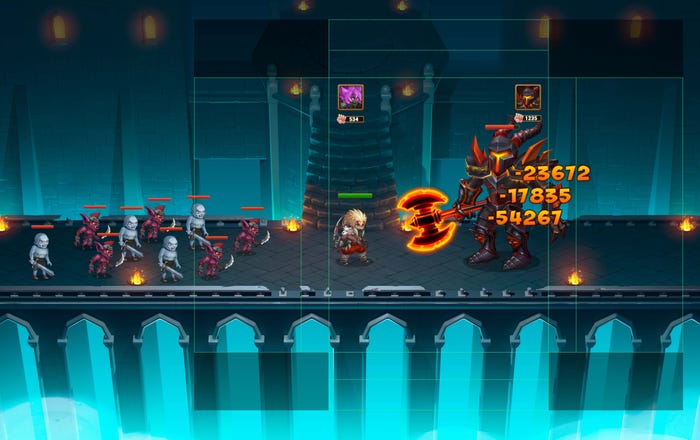
Main Responsibilities and Tasks
The key responsibilities of a 2d Marketing Artist include the creation of marketing materials for advertising banners, icons and posters, as well as elements that video editors will need for assembling into trailers and other promotional footage, including background and character art, item renders, game UI and beyond. This specialist 2D role works closely with directors, producers, the PR team for the game and its broader brand and product teams to create materials that support the overall promotional strategy for the game. One of the key challenges of the rule is to adapt content to fit the many platforms and formats for advertising. It’s a job that has demanded a lot of flexibility and knowledge on specifics and marketing trends from myself, and it’s a challenge that newcomers should be prepared for.
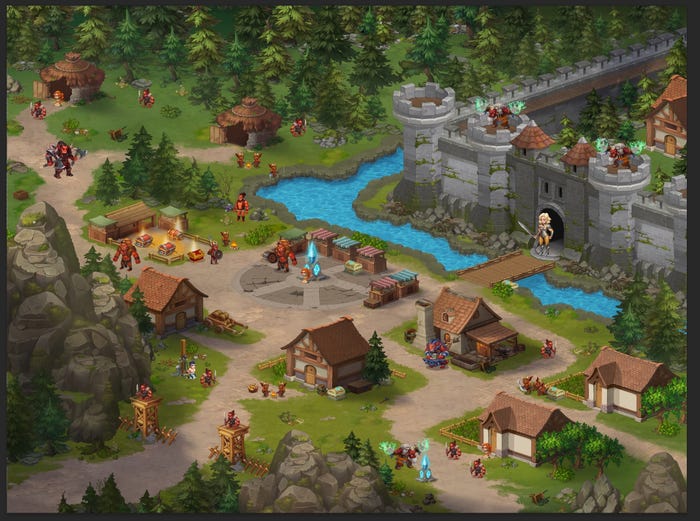
Required Skills and Competencies
To be truly successful in this field, a 2D Marketing Artist must have a broad range of skills. First and foremost, you’ll need artistic skills and training. Drawing, composition and color theory are the obvious cornerstones. Technical skills are also vital – you’ll need to be proficient at working with the industry standard graphics packages, such as Photoshop, Illustrator or Blender 3D. A new demand of many companies is skills in working with generative AI, but this comes second to human artistic talent.
Being well versed in the fundamentals of marketing and advertising goes a long way, too. It helps greatly in creating materials that effectively capture an audience’s attention, and requires an analytical mind. No two marketing campaigns are identical, and creating materials based on past creative��’s work is often a key part of the job, using gathered metrics to identify that styles worked or not. Much as you might want to avoid them, meetings with directors and producers are vital in understanding the big picture.
Work Process
Every set of new marketing materials goes through a multi-step production process. First, the director brings the crew in for a brainstorming session, outlining the creative concepts you’ll be focusing on. The team will discuss and supplement those foundational ideas, and with a final plan drawn up, the artists get to work. It’s important to be able to work with a team, respond to feedback, make edits and adapt your work (however perfect it may already be) to the customer’s wishes. Time management is also important, and you’ll likely be expected to work under tight deadlines – last-minute changes in marketing plans are common in this business.
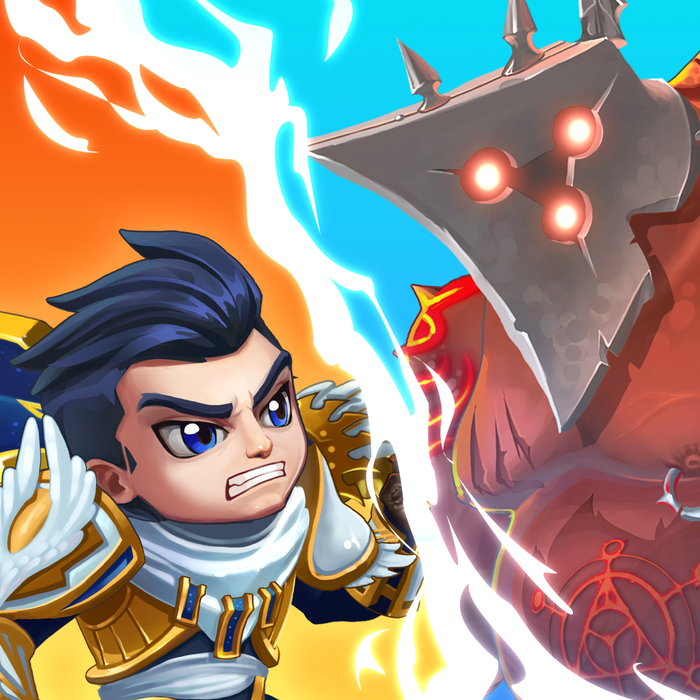
Career Opportunities
There’s a clear progression route within this line of work. Entry-level positions include junior marketing artists, where newcomers can develop their skills and experience fresh out of school. With time, experience and a few successful campaigns to put on your resume, you can progress to becoming a senior marketing artist, a specialist (if you find a particular niche) or even team leader, if you’re a people person. It’s a field where hard work and continually working on your skill-set can open up great opportunities for professional growth and promotion.
It’s also not unusual for marketing artists to end up working on a game directly, given that the marketing team are so heavily involved in the creation of character, environment and UI art, with their concepts coming straight from the core game team. Whether working solely on the marketing or close to the development team, expect surprises. A good marketing artist is a flexible creature.
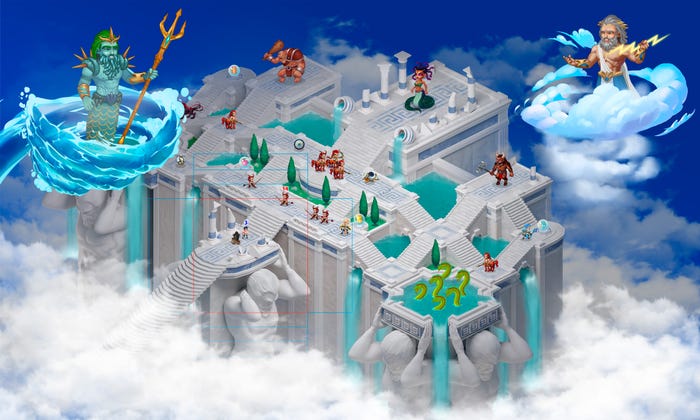
Challenges and Features of the Profession
Every profession faces its own unique set of challenges. As a 2D marketing artist, I’ve encountered a rich and exciting range of creative and technical difficulties, requiring constant self-improvement adaptation. This is a job where you’ll have to think on your feet. New technologies and trends will affect your work, and you’ll be constantly learning and implementing new approaches to your daily routine. This adaptability is now more vital than ever, with the advent of generative AI making its way into the standard artist’s workflow. You’ll be expected to research these new technologies and implement them to accelerate and improve the quality of your output. As a personal example, my team has been actively experimenting with Stable Diffusion and MidJourney, and we’re always looking for new opportunities for improvement.
In many ways, marketing art is blazing a trail for the product itself, from the point of view of both mechanics and the implementation of new technologies. The marketing team are able to be more agile, implementing and testing new technologies on tangential materials, and able to pass on knowledge of what works to the core game development pipeline. A good marketing team works closely with the developers, after all.
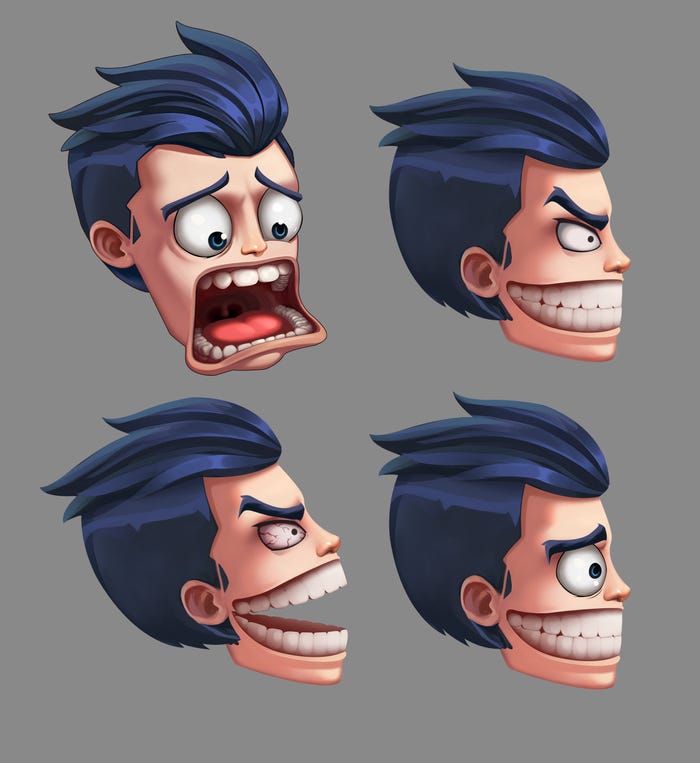
Conclusion
With all that said and done, I must reiterate that a professional 2D marketing artist for a mobile studio is a highly agile role. It demands a complex combination of artistic and technical skills, a broad understanding of marketing and what sells well to specific audiences, plus the ability to work as part of a team.
It’s not easy, but it’s an interesting and dynamic profession, with great prospects for career advancement, vertically or laterally, as well as a continually interesting challenge for an artist. I hope to see you and many others joining this booming field in the near future!
This post was originally published on this site be sure to check out more of their content




